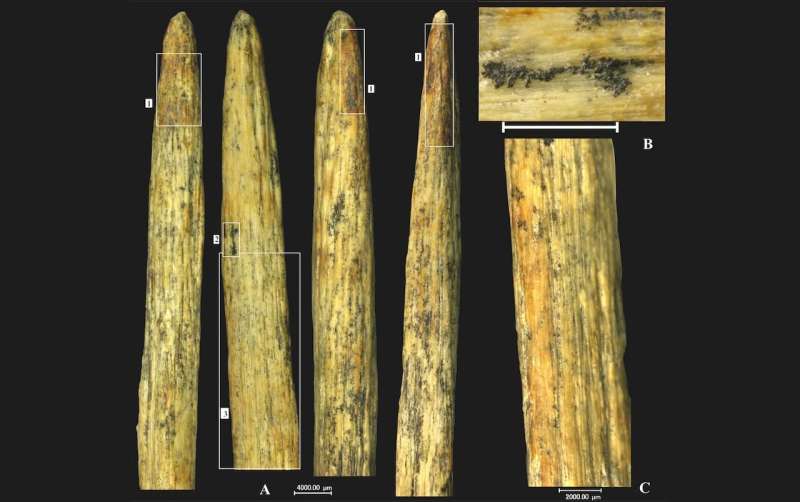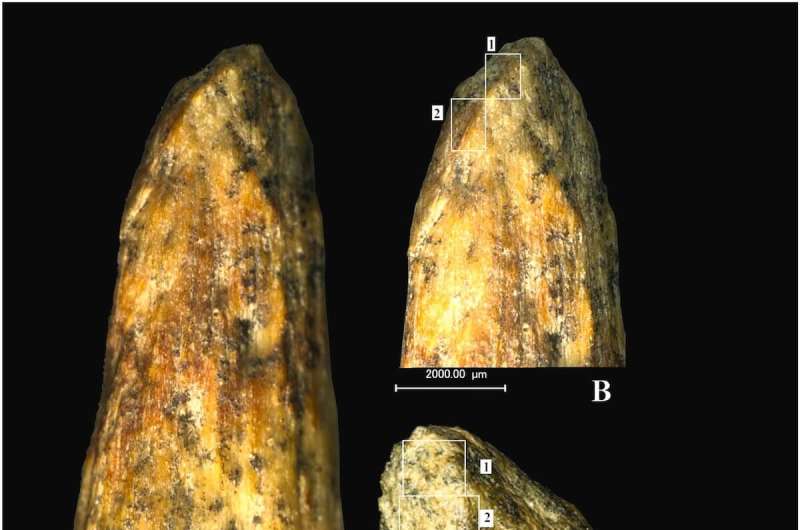
Unveiling the story of our ancient ancestors can be as thrilling as an adventure tale. Researchers recently made a stunning discovery in Russia that not only reveals the ingenuity of Neanderthals but also challenges our understanding of their capabilities. This is the fascinating tale of the oldest known spear tip in Europe!
Discovered back in 2003 in the remote Mezmaiskaya Cave in the North Caucasus, this remarkable spear tip lay hidden in a layer of sediment along with animal bones and remnants of a long-ago campfire. It wasn’t until recently, however, that a dedicated team of international researchers turned their attention to this artifact, unveiling a treasure trove of insights.
The spear tip measures about 9 centimeters long and is crafted from what appears to be animal bone, likely a bison. After employing advanced imaging techniques and careful analysis, the researchers found traces of tar used to attach the tip to a wooden shaft, suggesting the Neanderthals had sophisticated glue-making skills!
Excitingly, studies revealed that this spear dates back an astonishing 80,000 to 70,000 years. This timeframe places the spear firmly in the era of Neanderthals, long before modern humans walked the European landscape. This revelation opens up a dialogue about the rich fabric of Neanderthal life, previous assumptions regarding their reliance solely on stone tools, and their potential for future innovations.

Further examination of the spear tip showed distinct markings indicating it had been used for hunting or possibly fighting. There were clear signs it had struck something hard but no evidence of prolonged use, suggesting it was effective right out of the gate. Imagine the pride of the Neanderthal who crafted it, feeling its potential as they set out to hunt!
This astonishing find challenges the long-held belief that Neanderthals were limited in their tool-making skills and raises an intriguing question: Why is this spear tip so rare? The researchers speculate that many similar tools might have decomposed over time, especially if they weren’t preserved in favorable conditions like the cozy cave where this one was unearthed.
In a world where we often think of prehistoric life through a simplistic lens, these discoveries reveal the depth of Neanderthal ingenuity. Armed with this knowledge, we can celebrate our ancient relatives—and perhaps feel a little more connected to the vast tapestry of human history.
Find More information Here:
Liubov V. Golovanova et al, On the Mousterian origin of bone-tipped hunting weapons in Europe: Evidence from Mezmaiskaya Cave, North Caucasus, Journal of Archaeological Science (2025). DOI: 10.1016/j.jas.2025.106223
If you would like to see similar science posts like this, click here & share this article with your friends!

